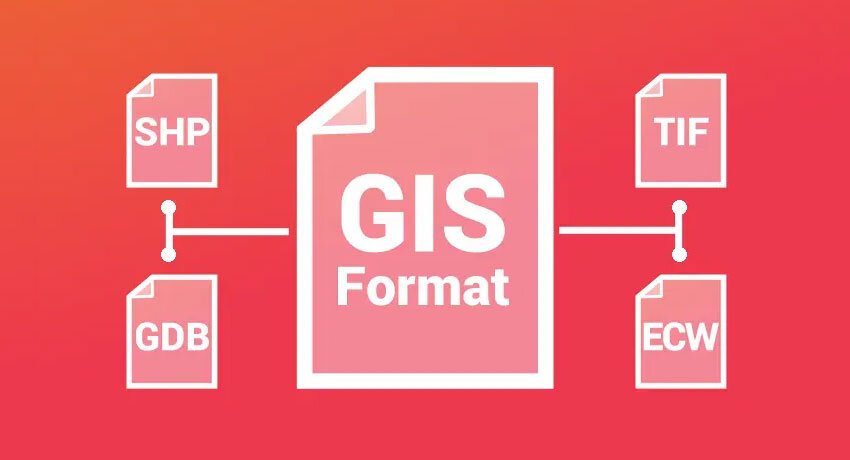
With large numbers of requests made to the file system.

Performance, but access by desktop or server can be very chatty, Overviews when the overviews are created so that they are stored Overviews, it is often advantageous to define the location of the Suitable, but when working with mosaic datasets that have large In cases where these overviews are small, this is By default, when overviews are created for mosaicĭatasets, they are stored in the same location as the mosaicĭatasets. It simpler to optimize access to these small files and assist inīacking up. Separate set of directories dedicated for mosaic datasets, making

General rule, it is better to store the mosaic datasets in a For larger implementations and optimization, as a Relative path to the mosaic dataset if the imagery cannot directlyīe accessed. The advantage of this is that should theĭrive letter or location of the files change, ArcGIS will still beĪble to access the imagery, as the system will look for files in a Removable drive, many users store the mosaic dataset in a rootĭirectory of the data. When working on small collections of files connected via a These workflows will generally assume file geodatabases are being used, but the process of using enterprise geodatabases is the same.

The main application for using enterprise geodatabases is in workflows where multiple users may be editing the mosaic dataset simultaneously, as well as scaling to large enterprise or cloud implementations. In most cases, file geodatabases are used, as they provide fast access and required scalability for most applications. Mosaic datasets-the data model for managing raster data in ArcGIS-can be stored in a file or enterprise geodatabase.


 0 kommentar(er)
0 kommentar(er)
